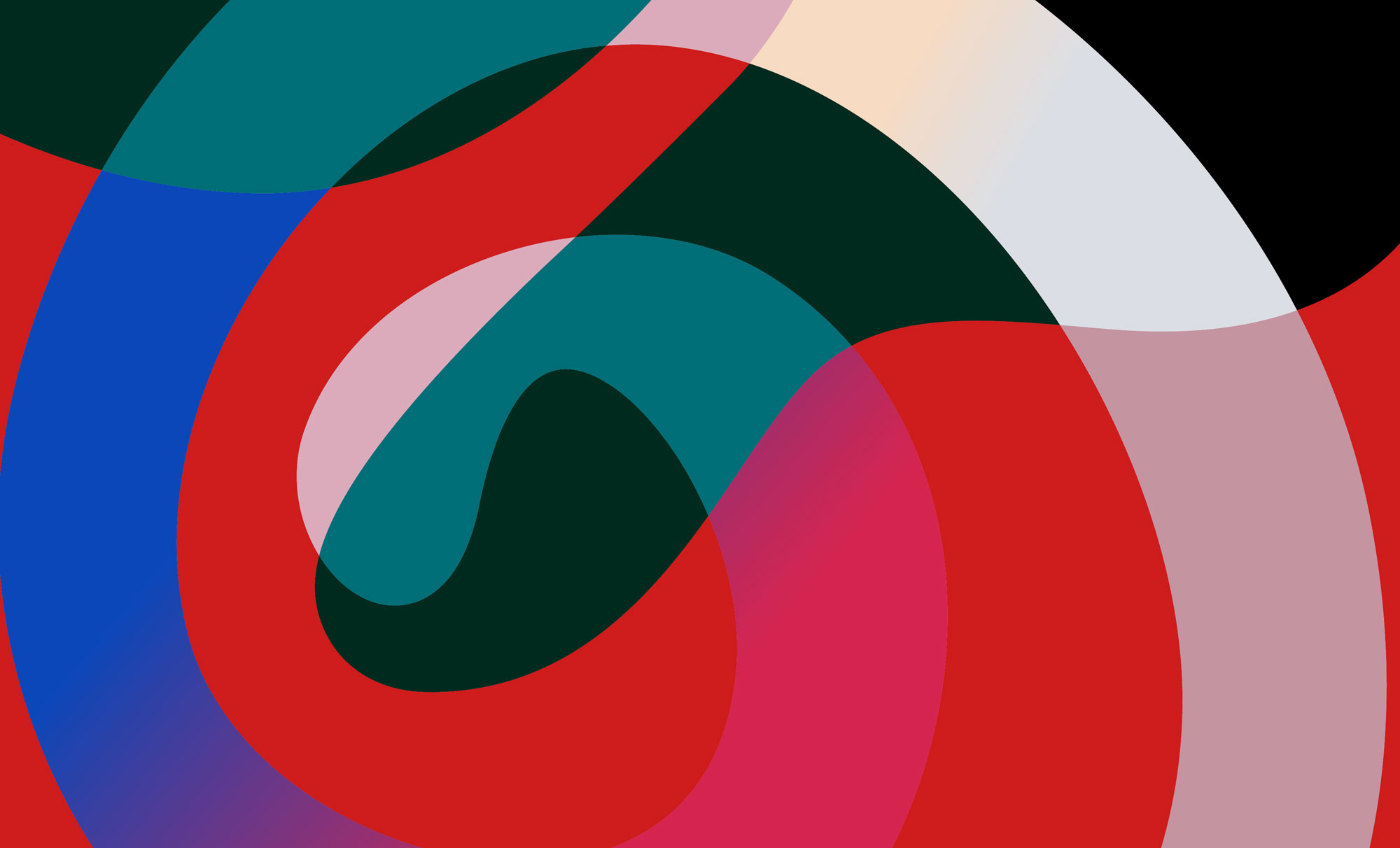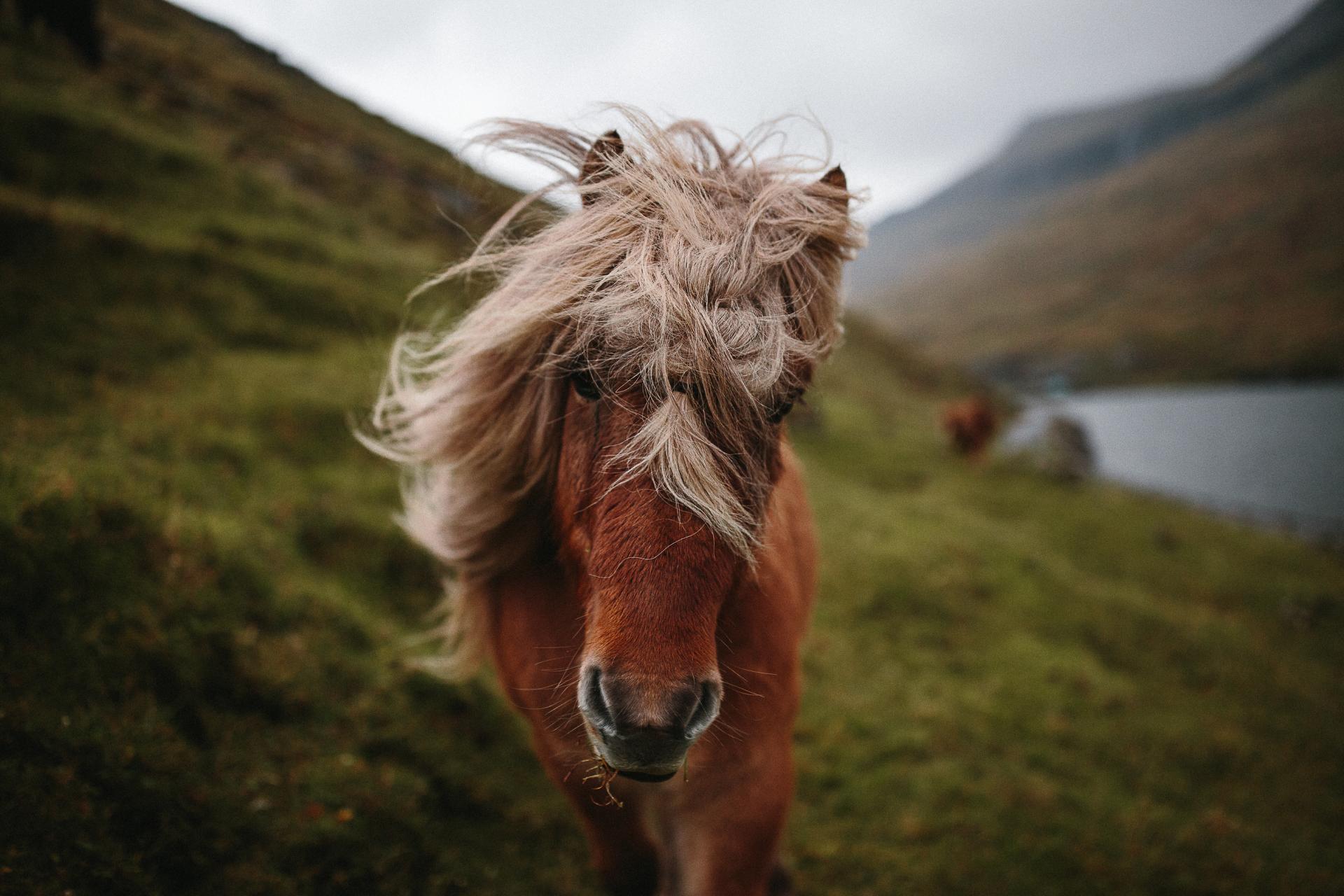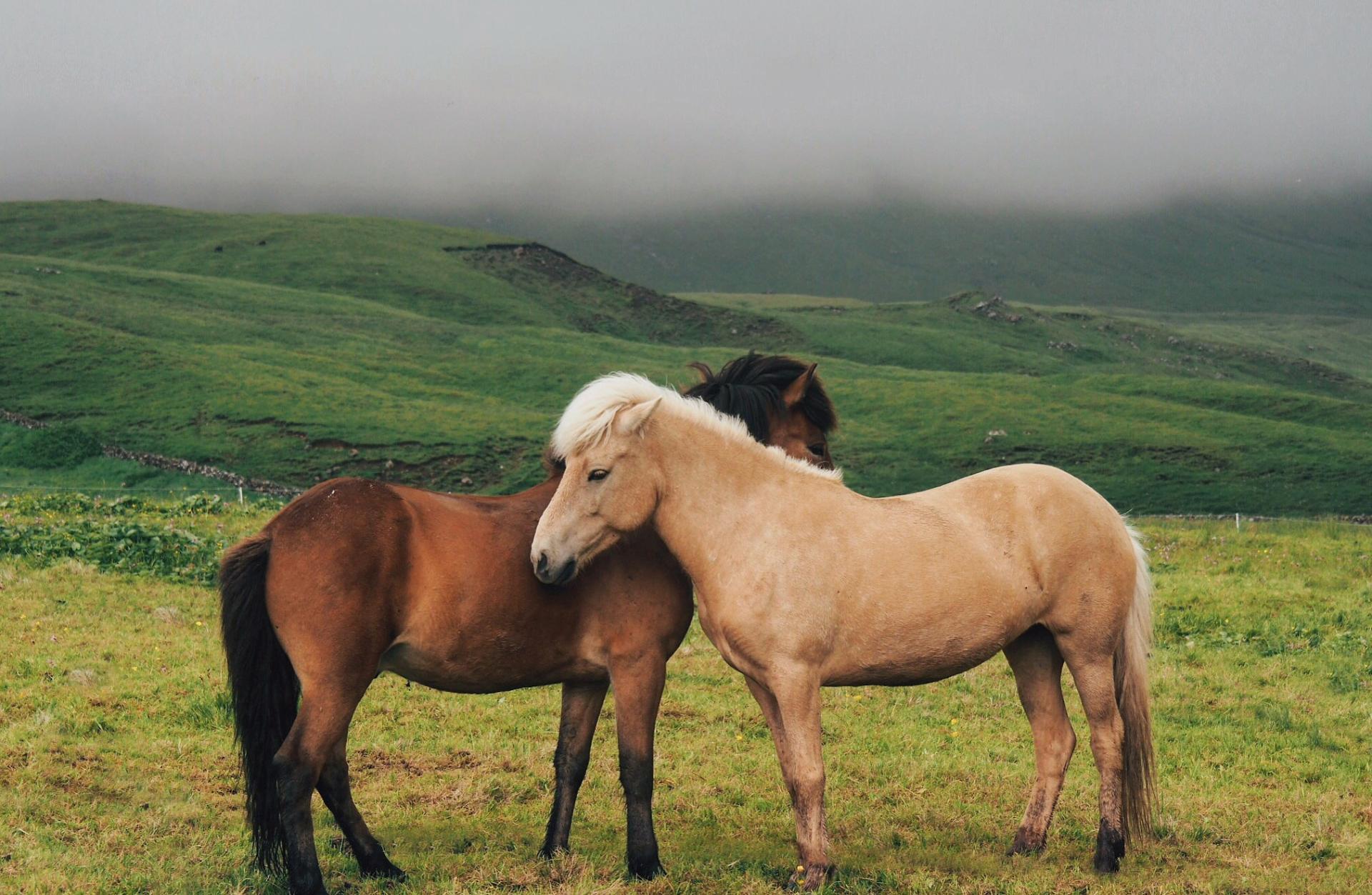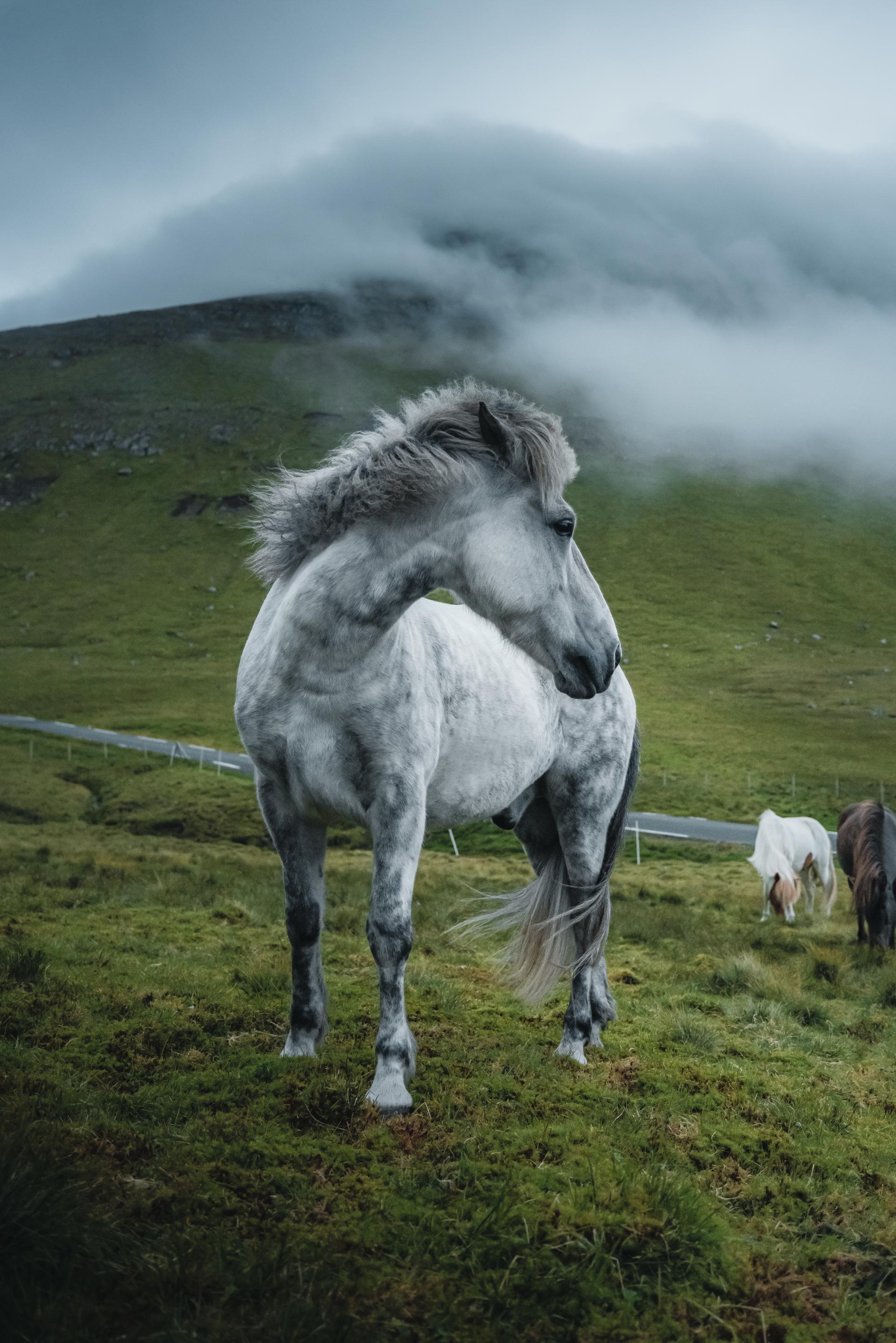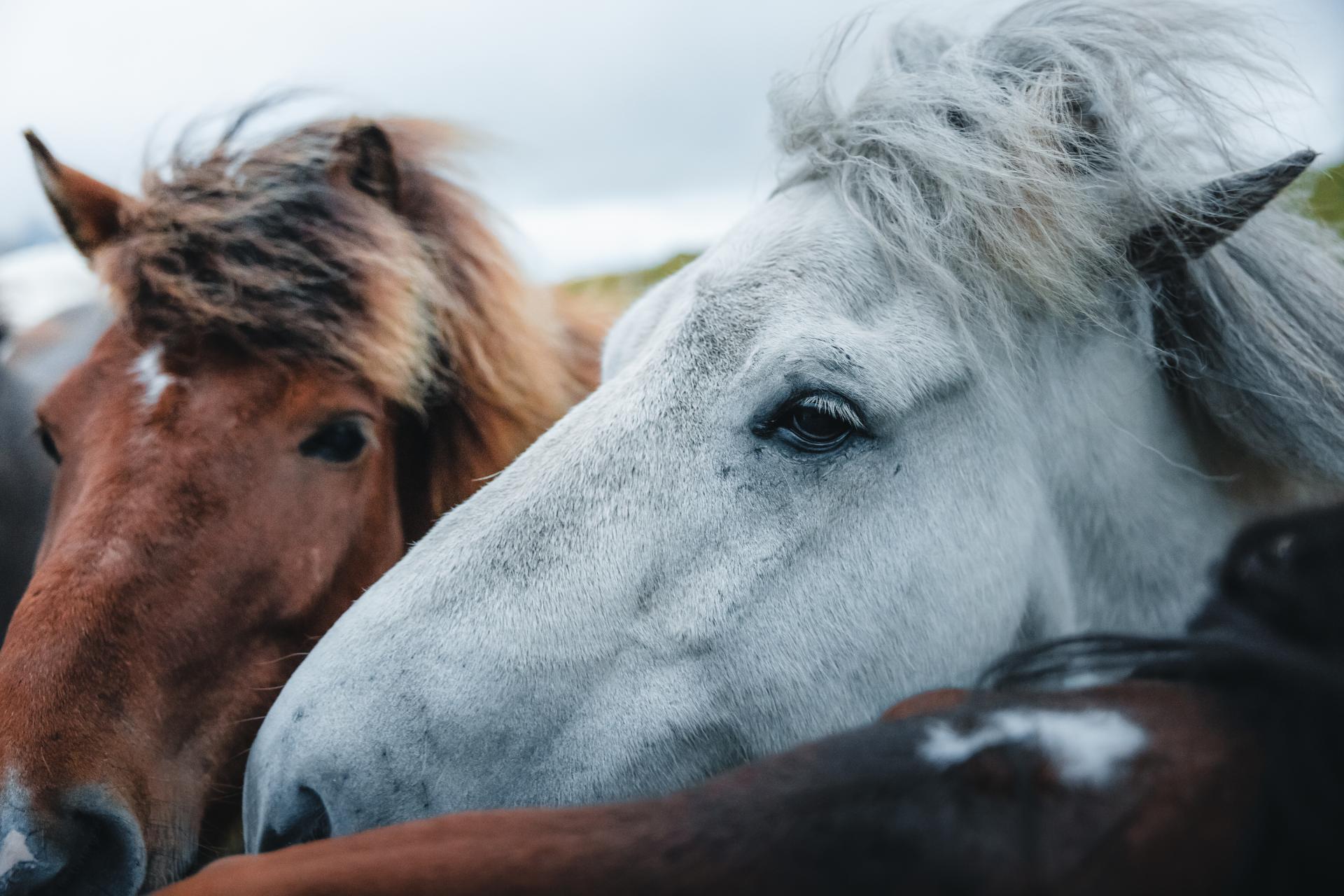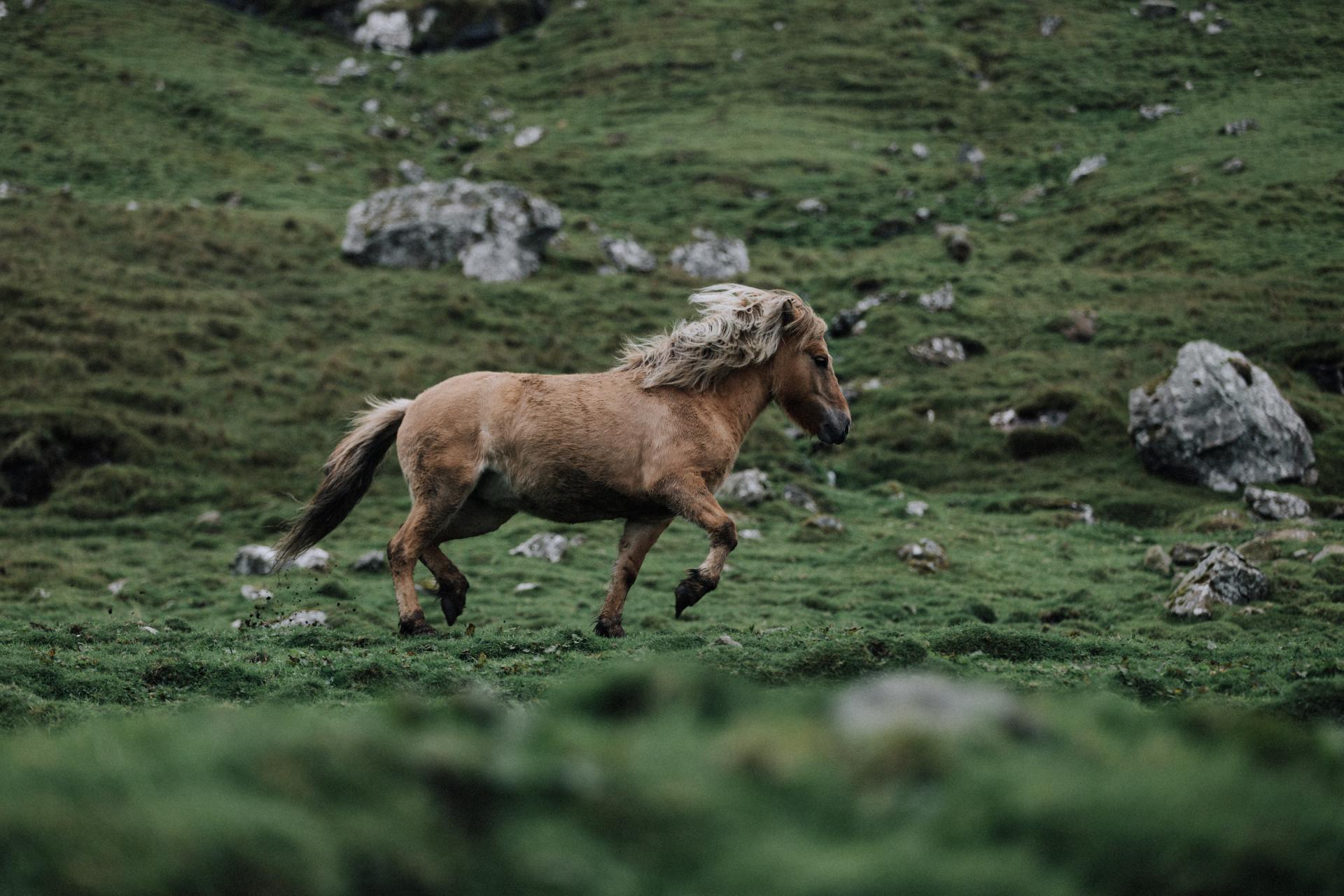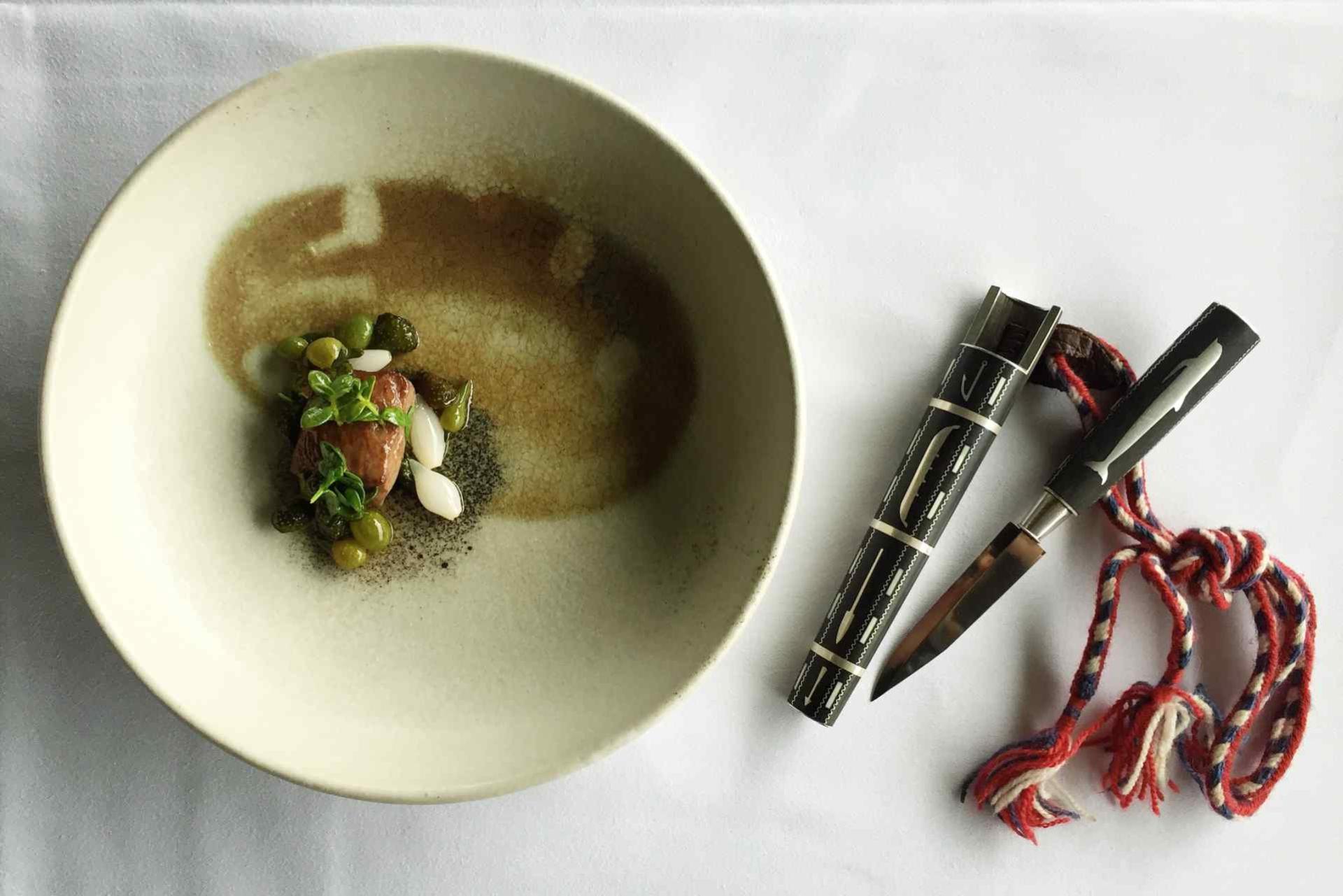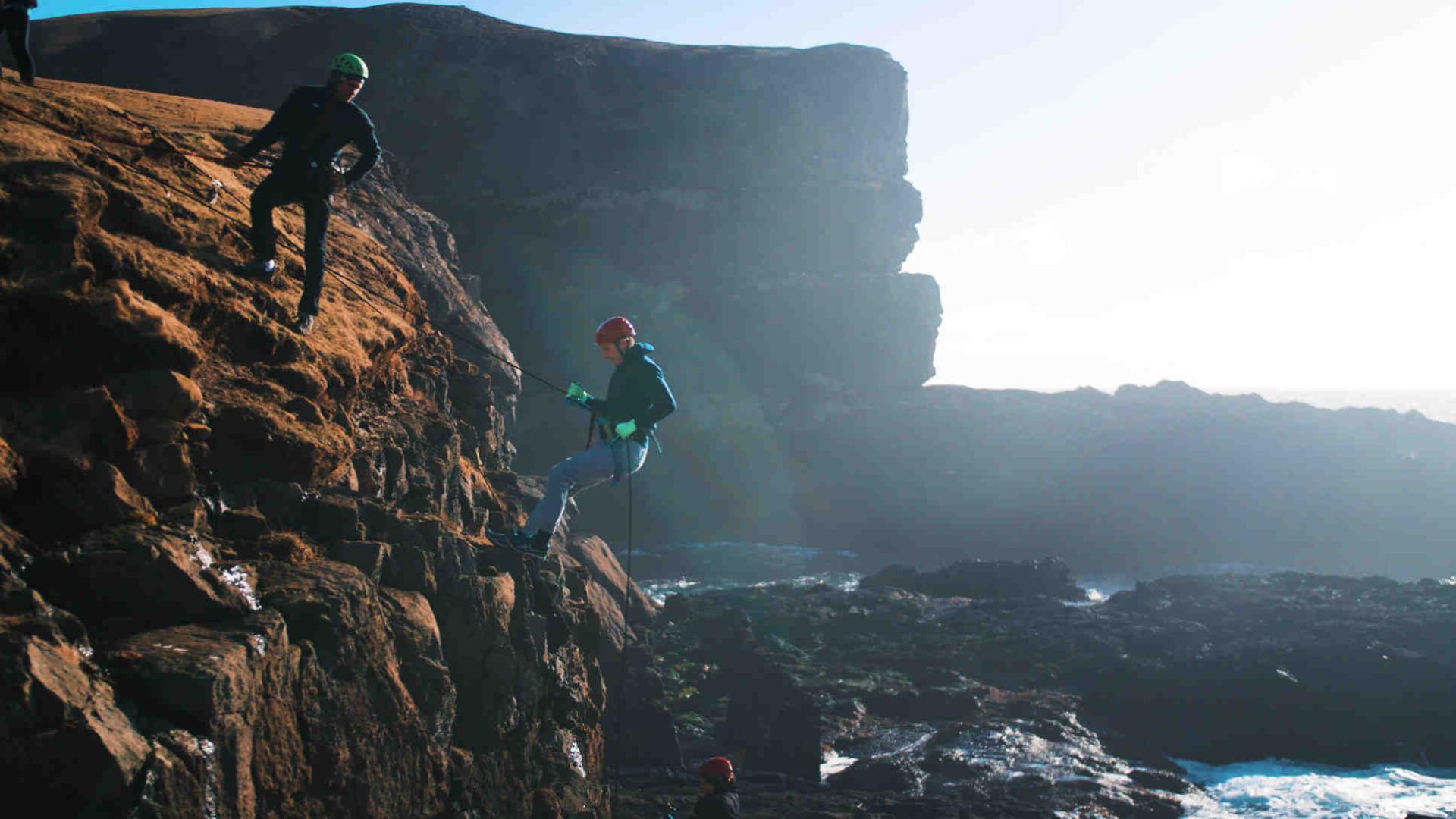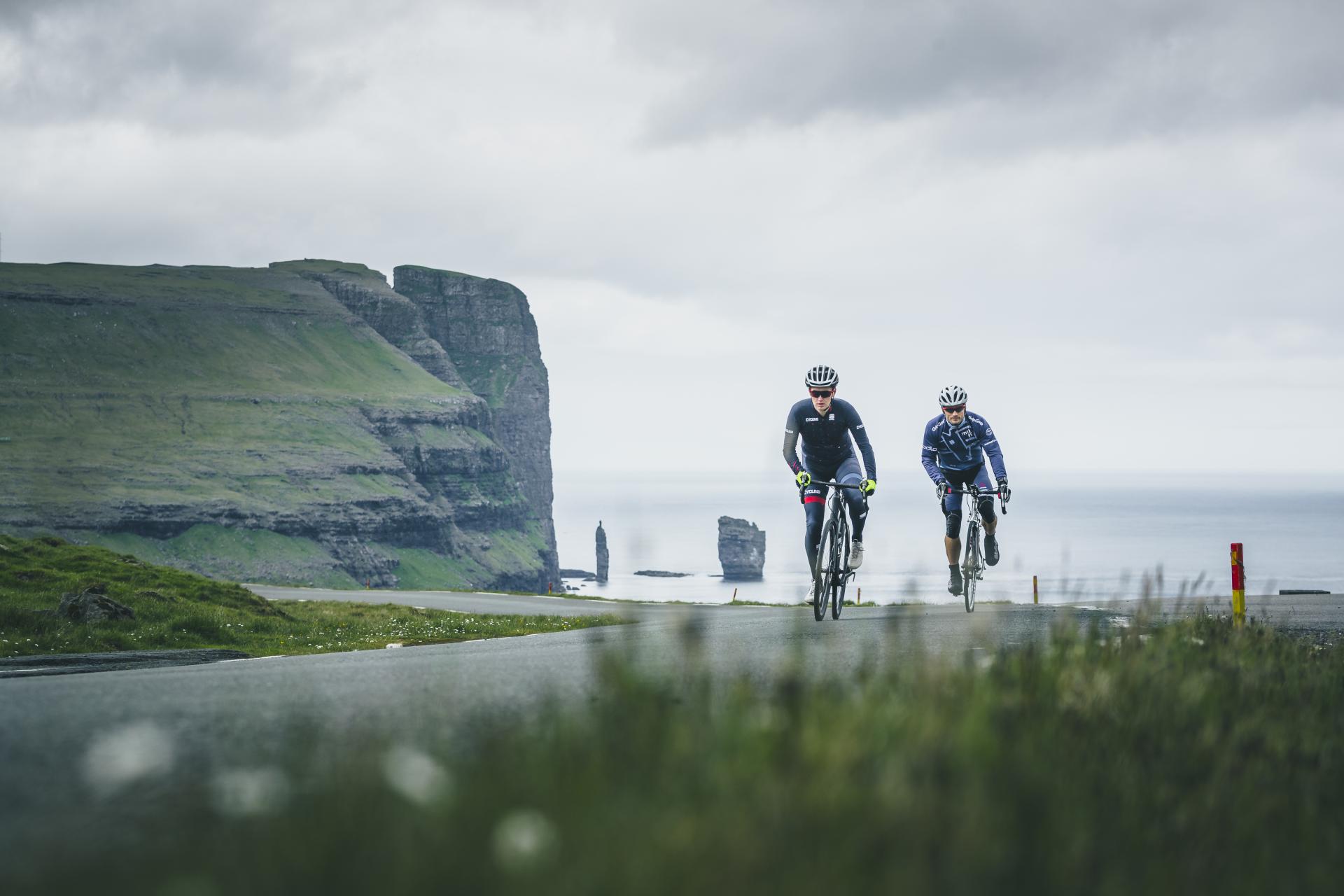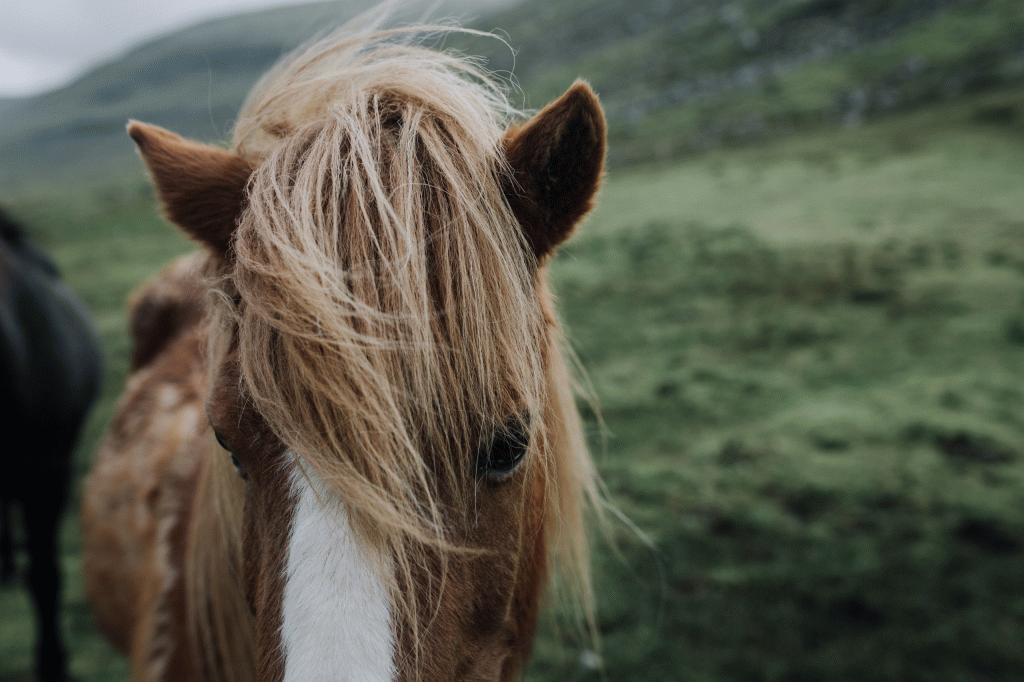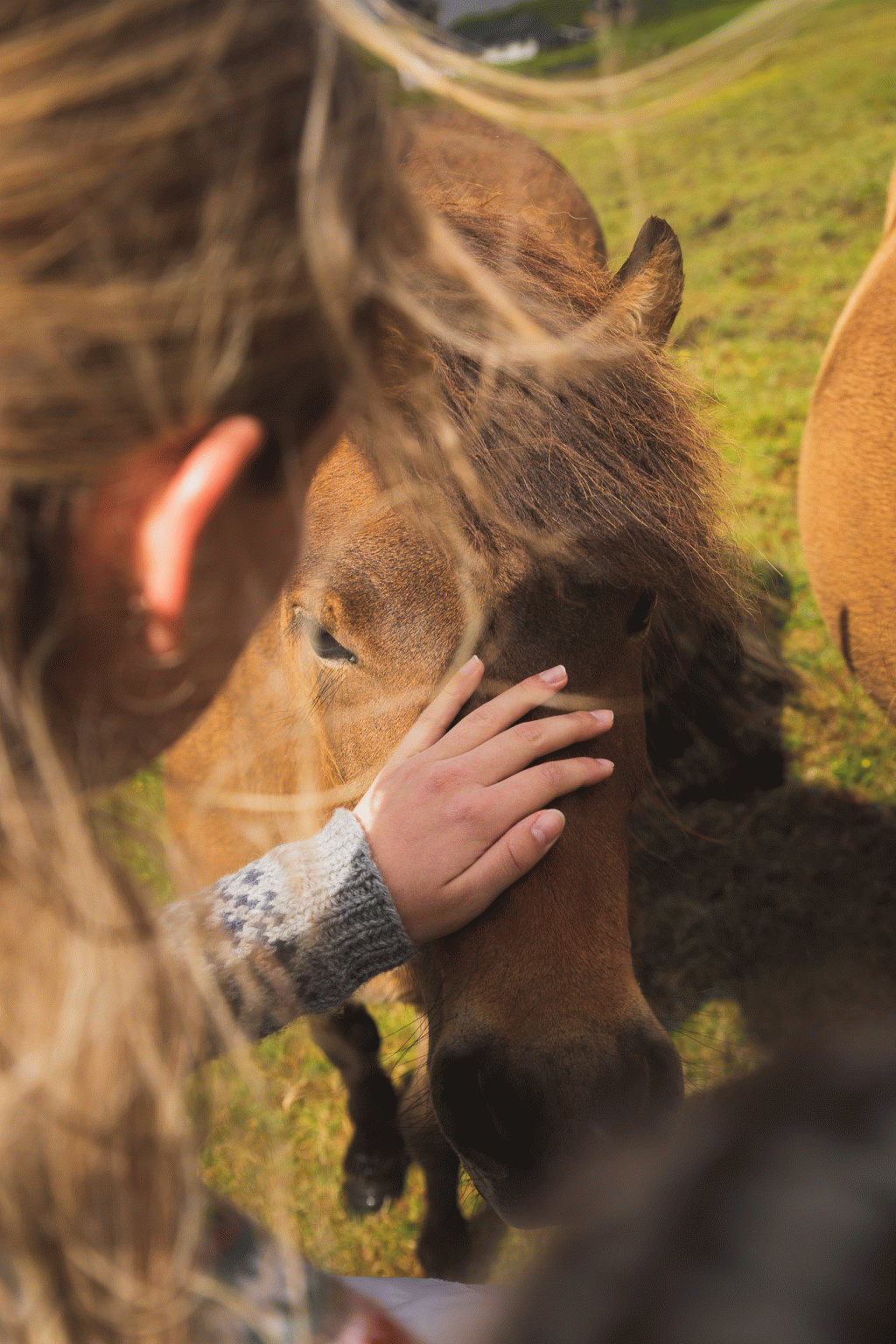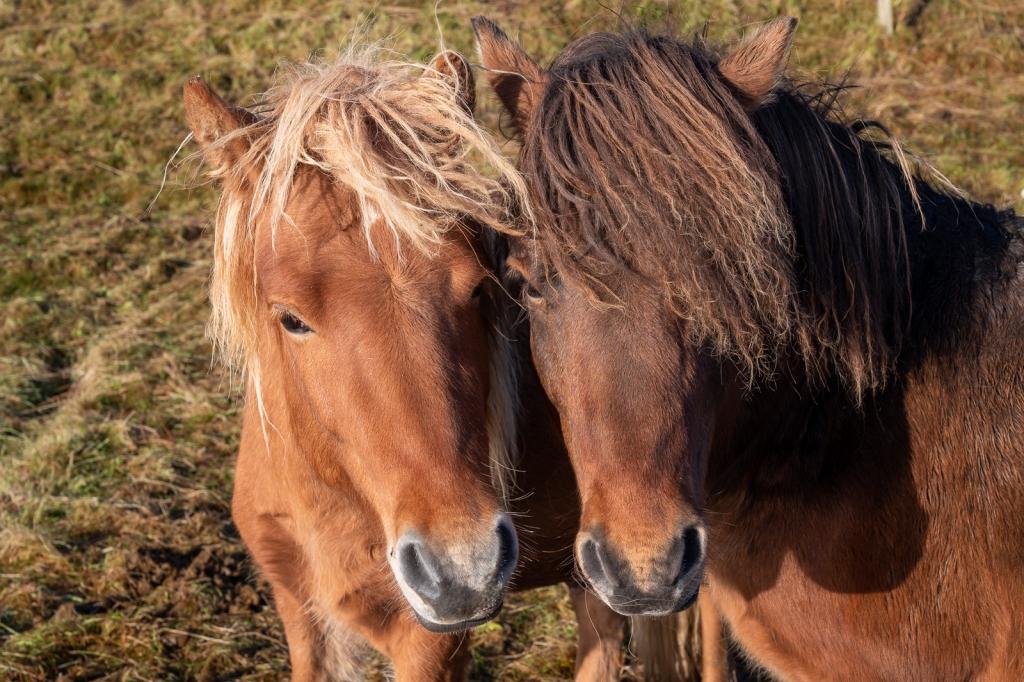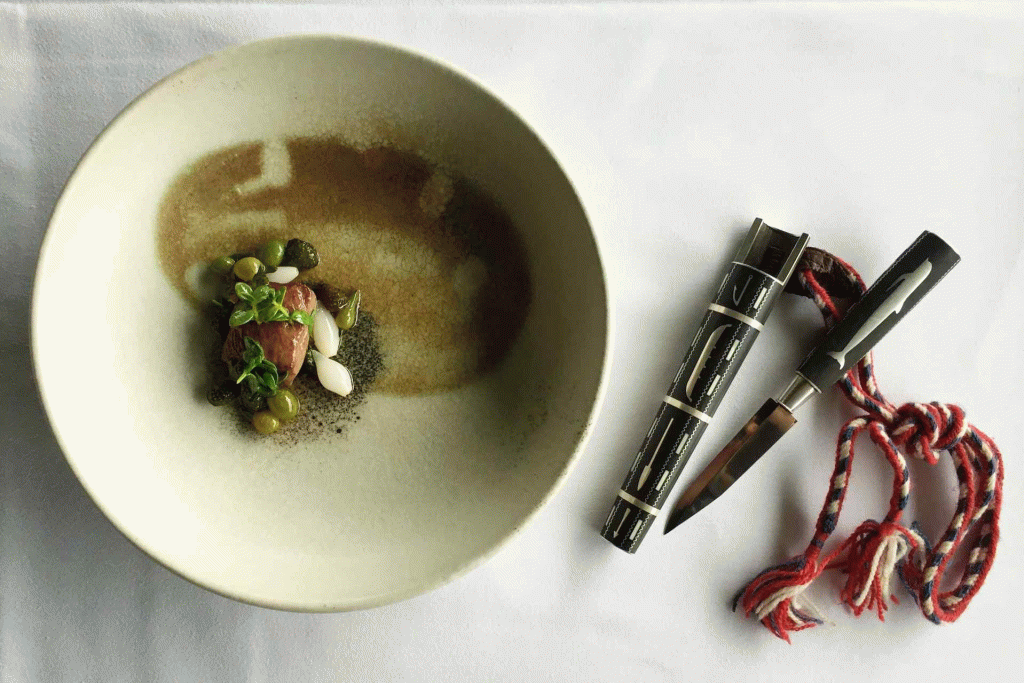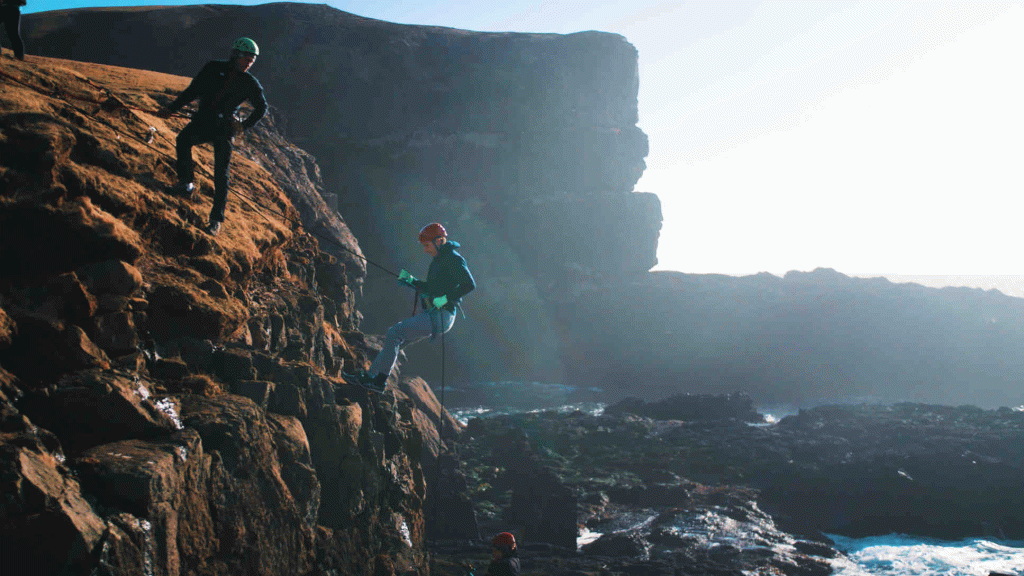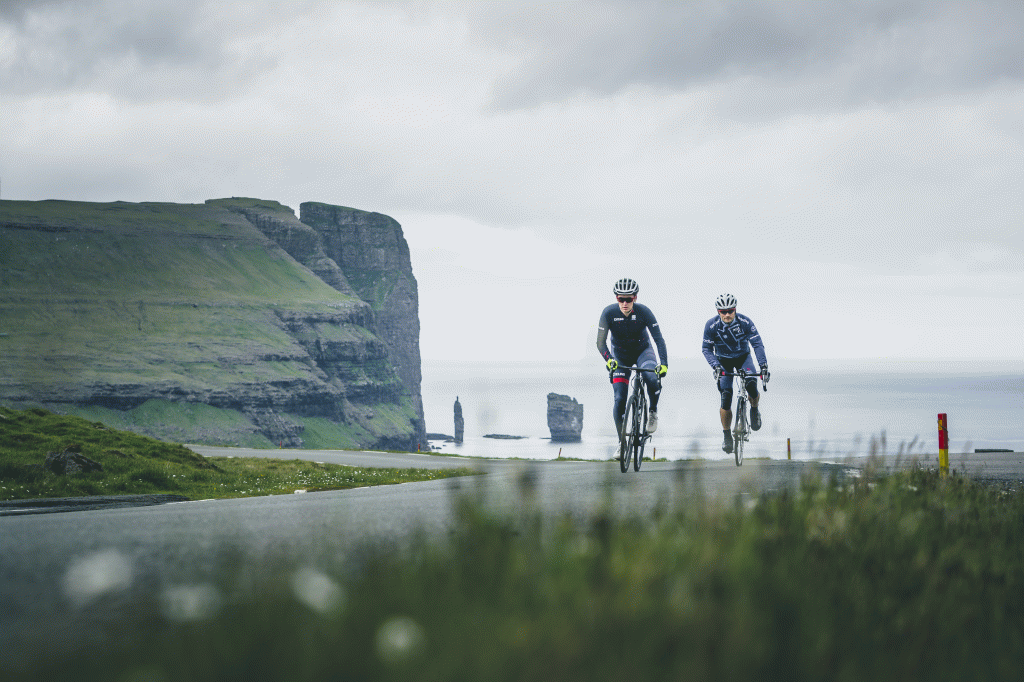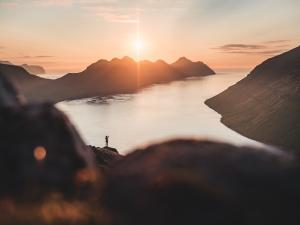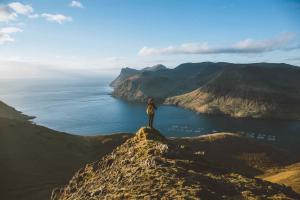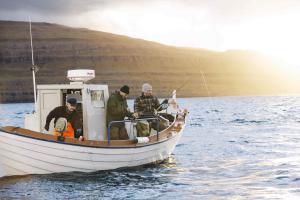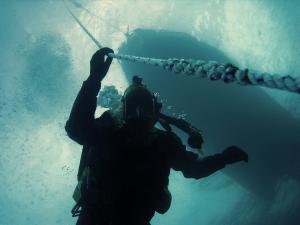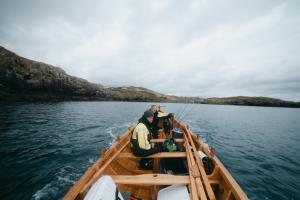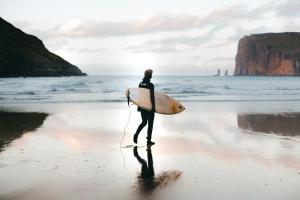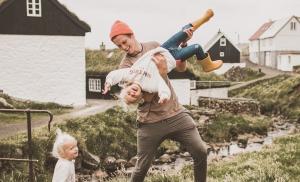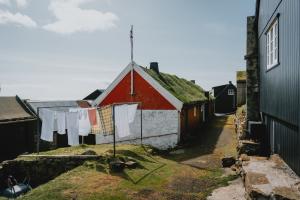HORSE RIDING
THE FAROESE HORSE
The Faroese horse, called føroyska rossið in Faroese, has wandered in the rugged landscape of the windswept islands for over a thousand years. DNA analysis has shown that the Faroese breed is unique, not found anywhere else in the world.
But not long ago, the Faroese horse was nearly extinct. In 1960, there were only a handful of the beautiful, robust Faroese horses left – a drastic decline from the nearly 800 horses that roamed the islands a century and a half earlier. To prevent the extinction of the Faroes horse, people joined forces around this time and started breeding the one stallion and four mares that were left. Today, there are 74 Faroese horses, approximately 125 horses short of the number needed for the race to be considered safe.
HISTORY OF THE FAROESE HORSE
It is unclear where the Faroese horse originates. Some believe that they came with Irish monks in the 8th century, while others believe that settlers from Norway and the British Isles brought them along in the centuries that followed.
Between 1850 and 1920, many Faroese horses were sold to Britain. Because of their size and stamina, they were deemed ideal for pulling carts in the British coal mines. Many Faroese took the opportunity to make money and some sold all of their horses.
During this period, horses were imported from neighboring Nordic countries because their horses were thought to be stronger. However, this proved to be a mistake as these horses were not as used to dealing with the Faroese weather as the Faroese horse was. Inevitably, the foreign horses bred with the Faroese horses, leaving many to believe that the pure Faroese breed was extinct. Fortunately, they were wrong.
CHARACTERISTICS OF THE FAROESE HORSE
The small, hardy, and good-natured Faroese horses were originally used as workhorses throughout centuries. Today, they are mostly used for breeding and horseback riding. Because of their mild temperament, they are considered very suitable for children.
The colors of the harmonious and surefooted Faroese horse are normally brown, chestnut, and black. The breed is known for its incredible endurance and ability to carry relatively large weight. The size of the horse varies but normally ranges between 114 to 124 cm (45 to 49 inches). Because of its height, it should technically be called a pony, but because of its strength, the people of the Faroe Islands typically use horse instead. The Faroese horse can be compared to the Exmoor and Dartmoor ponies in Britain.
HORSES IN THE FAROE ISLANDS
The estimated number of horses of all breeds in the Faroes is around 400. The most popular breed in the Faroes is the Icelandic horse. The horse population also includes a small number of Norwegian fjordhester (fjord horses).
Interested in riding horses in the Faroes? Look no further. Berg Hestar (Icelandic horses), Faroe Horse (Faroese horses), and Davidsen Hestar (Icelandic and mixed-race horses) offer great horse riding tours.
